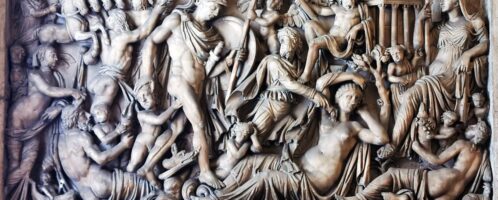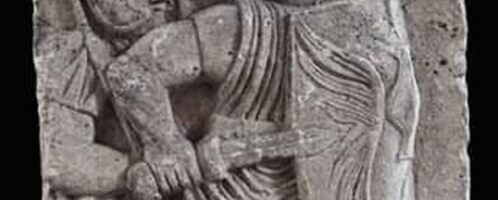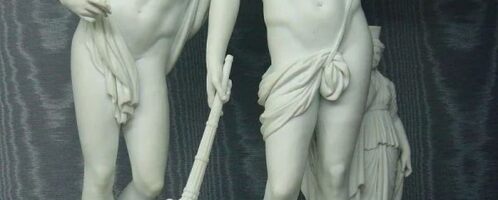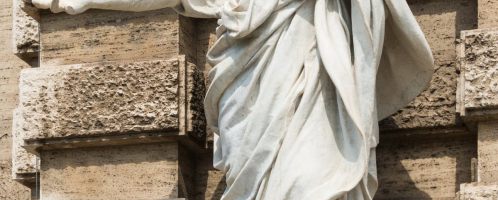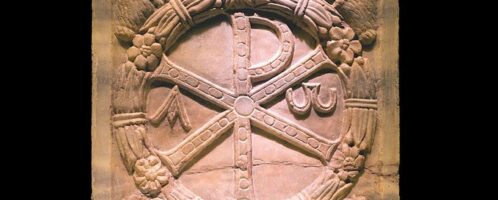Ordinary and extraordinary taxes in ancient Rome – financial pillars of Empire
Taxes were the financial foundation of ancient Rome, supporting its extensive administration, army, road construction, and other public investments. Two types of tributes played a key role in the Roman fiscal system: ordinary taxes (tributum ordinarium) and extraordinary taxes (tributum extraordinarium).


